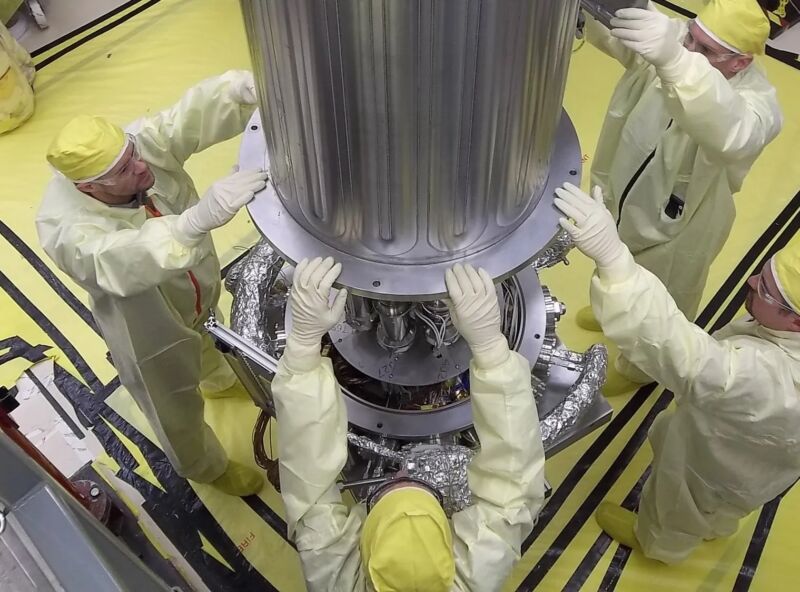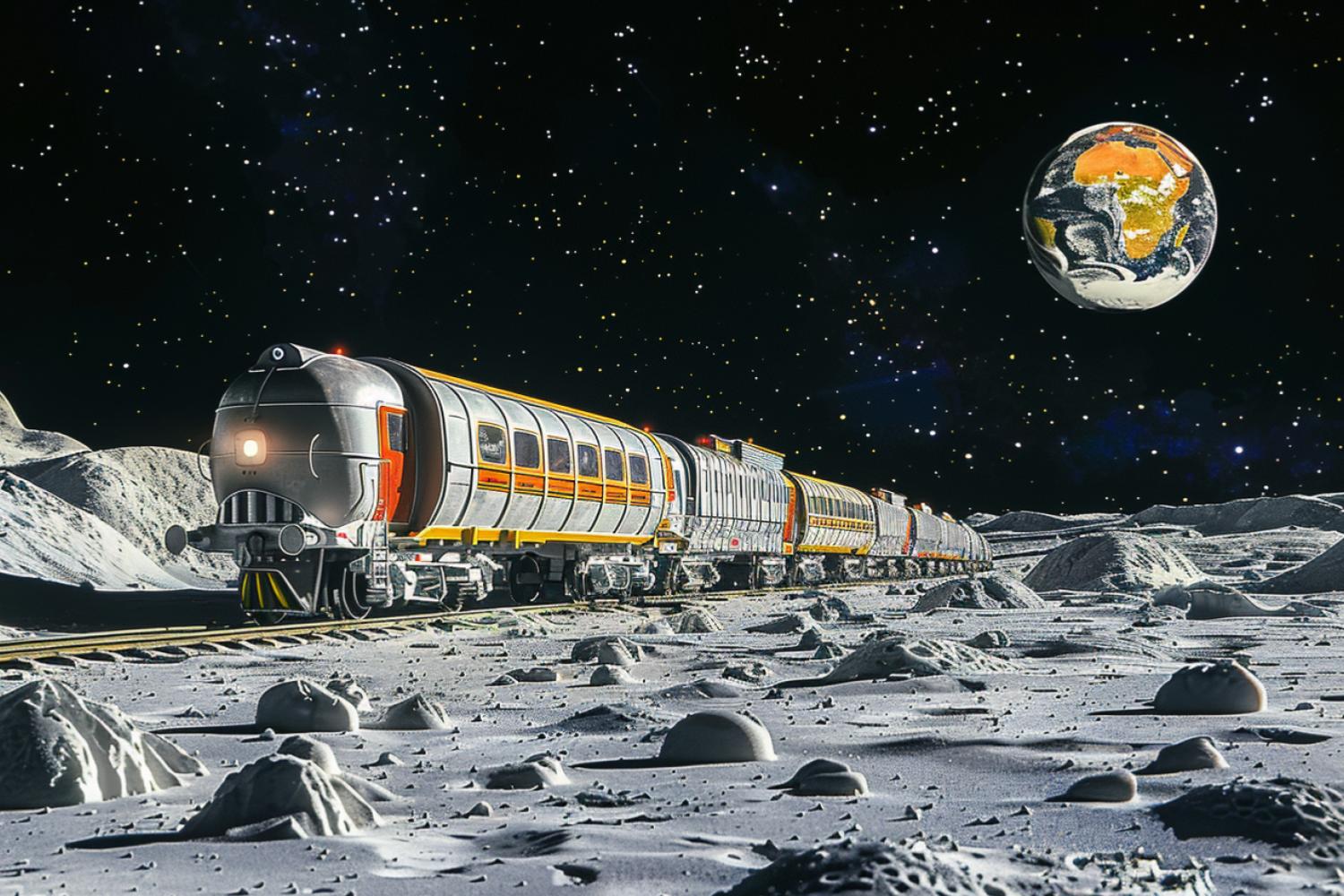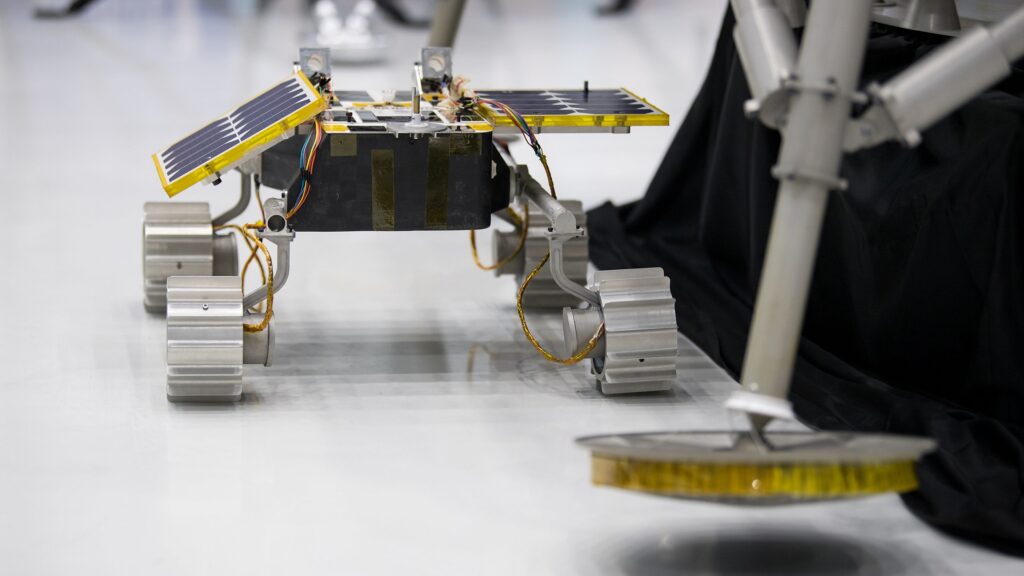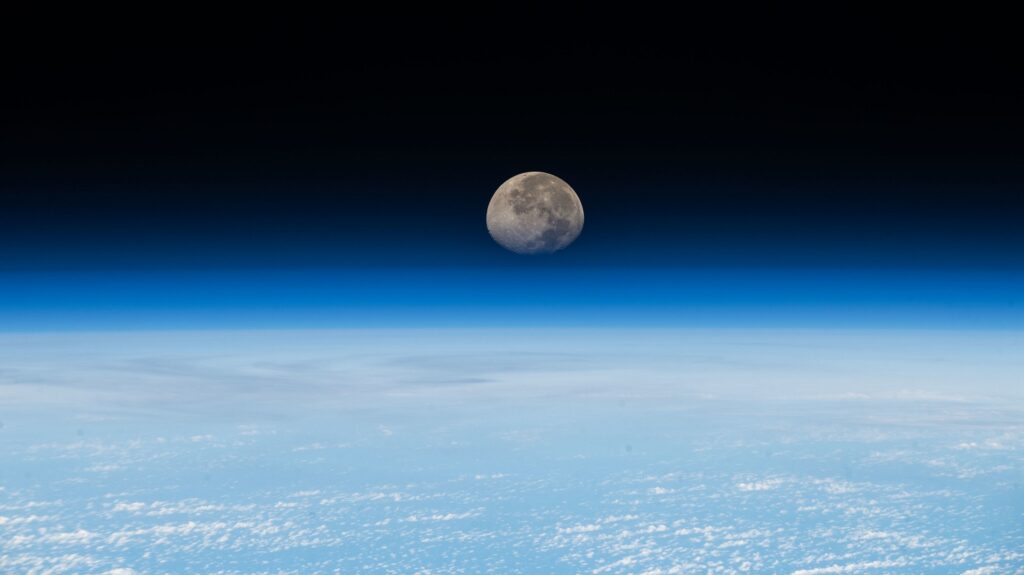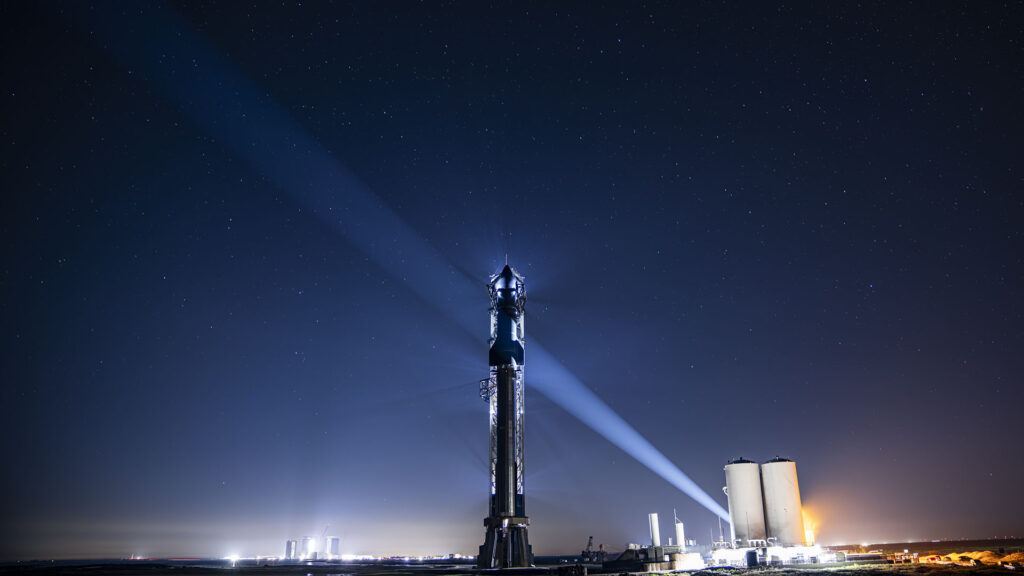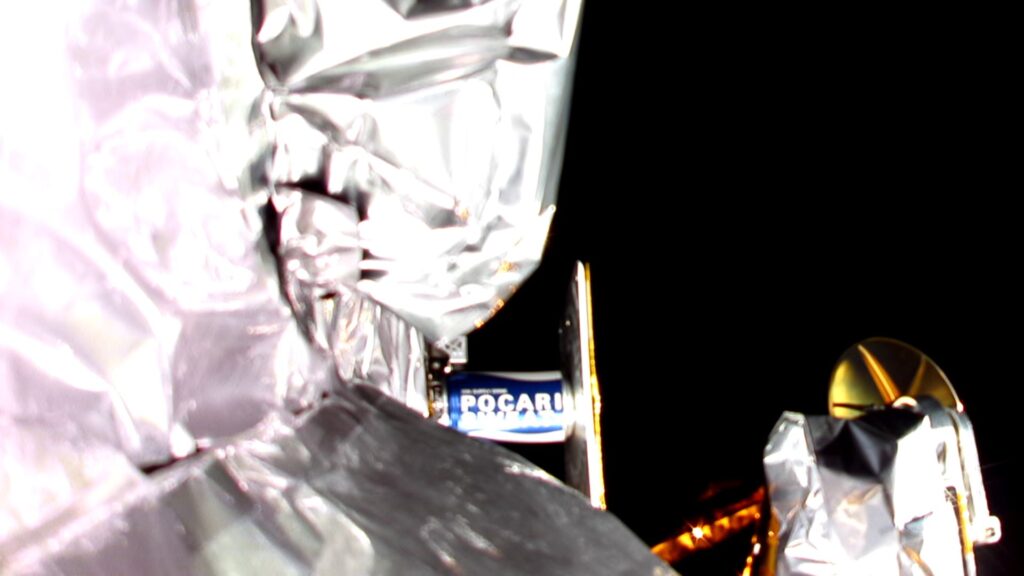-
 chevron_right
chevron_right
In exchange for a lunar rover, Japan will get seats on Moon-landing missions
news.movim.eu / ArsTechnica · Thursday, 11 April - 12:30

Enlarge / Artist's illustration of a pressurized lunar rover design conceived by Toyota and the Japan Aerospace Exploration Agency. (credit: Toyota/JAXA )
On the sidelines of the state visit by the Japanese prime minister to Washington this week, US and Japanese officials have signed an agreement to cement a partnership that will pave the way for a Japanese astronaut to walk on the Moon.
The Japanese astronaut, still unnamed, will become the first international astronaut to walk on the Moon under the auspices of the NASA-led Artemis program. Astronauts from NASA's other major partners on Artemis—the European Space Agency (ESA), Canada, and the United Arab Emirates—will also get a chance to fly to the Moon, either to the planned Gateway space station in lunar orbit or on trips to the surface.
But Japan will get the first international seat on a lunar landing mission, President Biden announced Wednesday during a joint press conference with Japanese Prime Minister Fumio Kishida. Other topics on the agenda for the official visit included deepening economic, military, scientific, and educational ties between the two nations.

